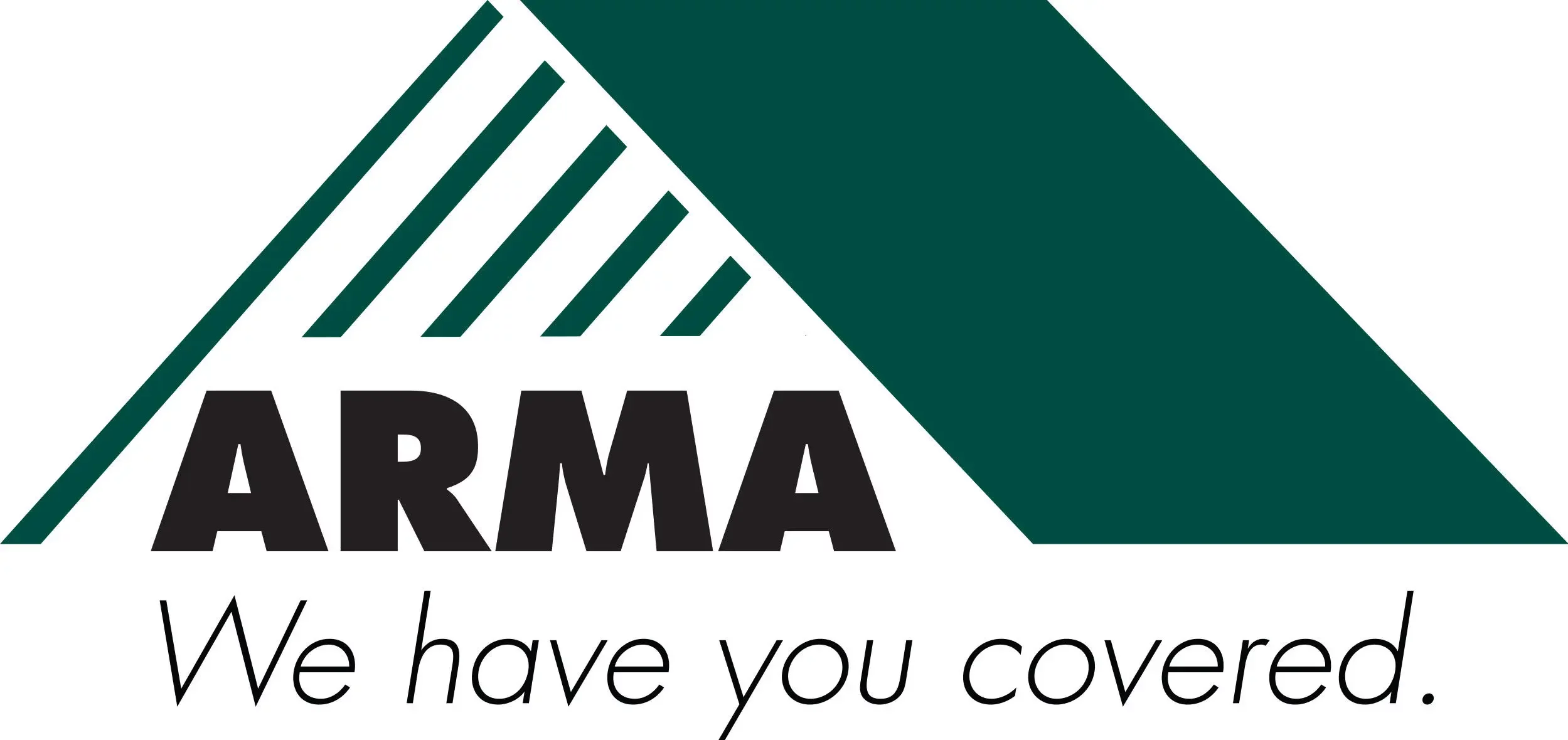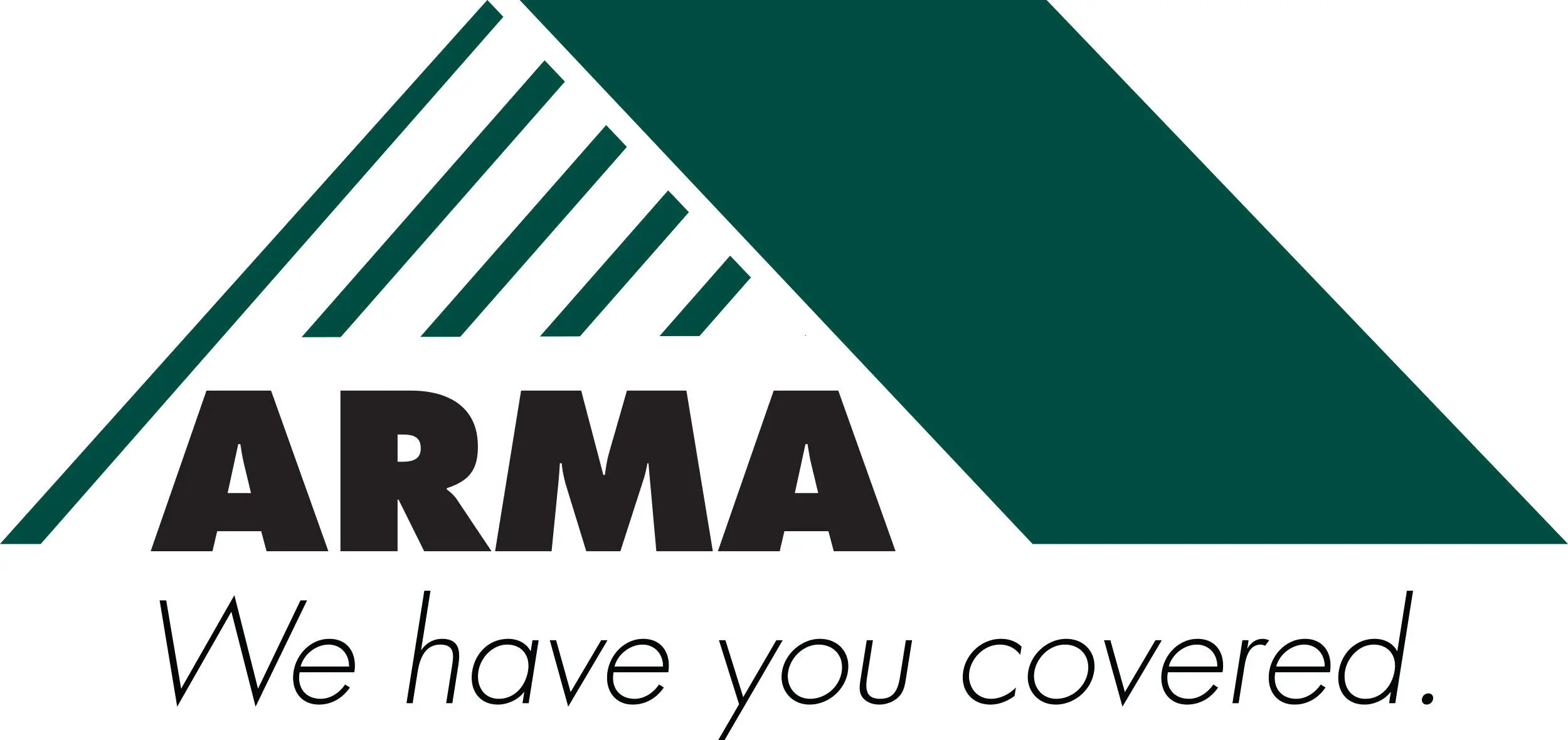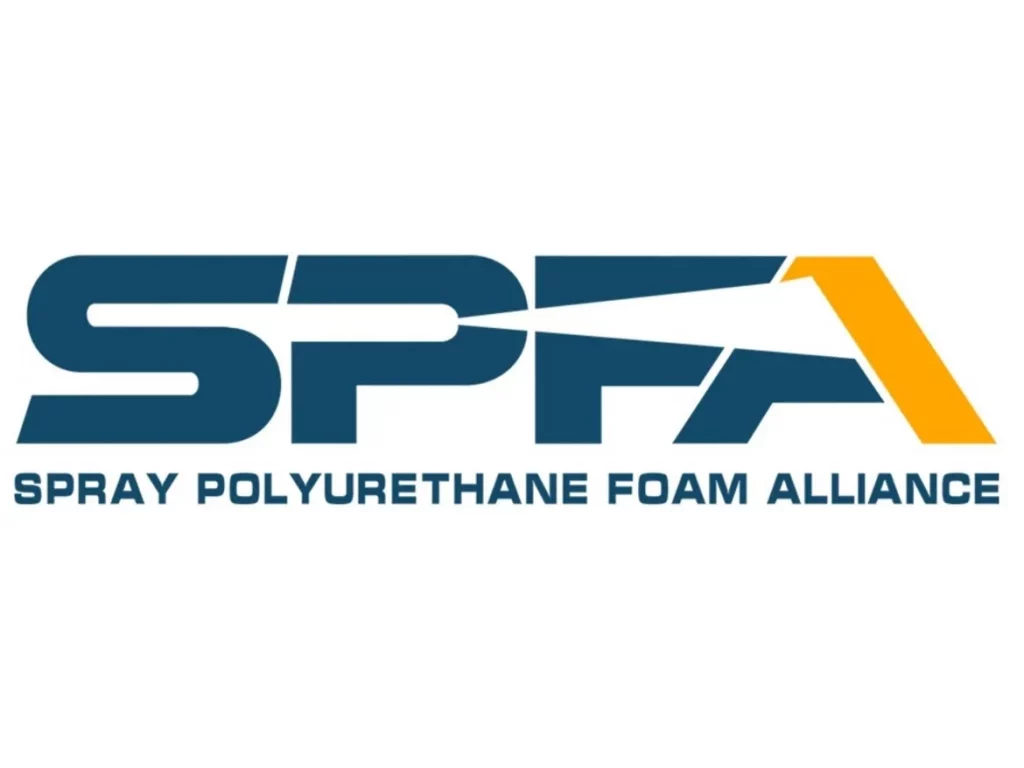Proper residential insulation reduces monthly utility bills in Wichita, KS, by minimizing the transfer of heat between indoor and outdoor environments. This results in reduced demand on HVAC systems, which directly lowers electricity and gas consumption. In a city with both cold winters and hot summers, thermal resistance plays a key role in maintaining consistent indoor temperatures year-round.
Most homes that lack proper insulation experience energy loss through attics, walls, crawl spaces, and ductwork. Spray foam insulation in Wichita, particularly closed-cell types, seals gaps and limits air infiltration. This level of airtightness cuts HVAC run times and reduces peak energy loads during high-demand seasons.
This article outlines specific benefits, technical comparisons, and actionable factors homeowners should consider. The information reflects hands-on field experience with insulation installation in Wichita’s climate.
How Insulation Affects Energy Costs in Wichita’s Climate
Wichita experiences significant seasonal temperature swings, ranging from below-freezing winters to hot, humid summers. Poor insulation increases the workload on heating systems in January and cooling systems in July, leading to inefficient energy use.
Comparison of Common Insulation Types for Wichita Homes
| Insulation Type | R-Value per Inch | Air Seal Quality | Moisture Resistance | Typical Use Areas |
|---|---|---|---|---|
| Open-Cell Spray Foam | 3.5 | Moderate | Low | Interior walls, ceilings |
| Closed-Cell Spray Foam | 6.5 | High | High | Exterior walls, crawl spaces |
| Fiberglass Batts | 2.9-3.8 | Low | Low | Stud cavities, attics |
| Blown-in Cellulose | 3.2-3.8 | Low | Moderate | Attics, wall cavities |
Bonus Tip
Closed-cell spray foam is highly effective in Wichita basements and crawl spaces where moisture control is as important as thermal insulation.
Practical Performance Metrics
| Feature | Closed-Cell Foam | Fiberglass Batts | Blown-in Cellulose |
|---|---|---|---|
| Air Infiltration Barrier | Excellent | Poor | Poor |
| Mold Growth Resistance | High | Low | Moderate |
| Longevity (Years) | 30+ | 10-15 | 20 |
| Application Versatility | High | Moderate | Moderate |
Market Data and Cost Efficiency
- The U.S. Department of Energy reports homeowners can save on heating and cooling costs by sealing air leaks and adding insulation to attics, floors, and crawl spaces (DOE, 2023).
- According to the Kansas Corporation Commission, properly insulated homes in Wichita reduce annual utility expenses (KCC, 2024).
- Spray foam has a higher upfront cost but offers faster ROI in climates with year-round HVAC use, such as Kansas.
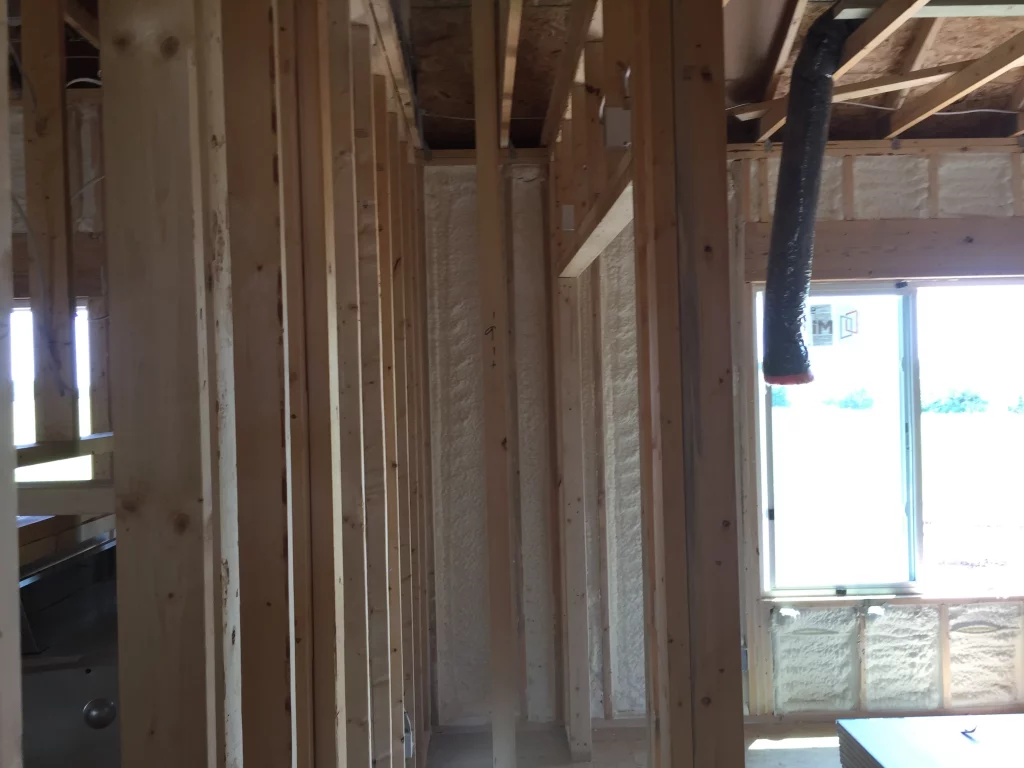
Things to Consider Before Making a Decision
- Home Age and Structure: Older homes often have outdated insulation or none at all.
- HVAC System Compatibility: Over-insulation can affect HVAC air exchange rates; balance is key.
- Moisture Risks: Areas prone to condensation benefit from closed-cell foam.
- Budget and ROI Expectations: Consider long-term energy savings over initial cost.
- Installation Access: Limited space may restrict choices.
Bonus Tip
In homes with vaulted ceilings or irregular framing, spray foam adapts better than batt insulation, ensuring full coverage.
Services Offered for Effective Residential Insulation
Arma Coatings of Wichita provides services that align with the specific insulation needs of residential properties in Kansas:
- Closed-Cell Foam Insulation: Ideal for exterior walls and moisture-prone areas with high R-value and air sealing.
- Open-Cell Foam Insulation: Effective for interior applications with sound-dampening qualities.
- Residential Foam Insulation: Complete solutions tailored to energy efficiency upgrades for existing homes.
- New Construction Spray Foam: Precision-applied insulation for new builds, ensuring optimal thermal performance from day one.
Common Questions Before Choosing Insulation
How quickly will insulation improvements show on my utility bills?
Results are noticeable within the first billing cycle after installation, especially during high-demand months.
Can insulation fix uneven room temperatures?
Yes. Proper insulation reduces temperature differences between rooms by limiting heat transfer and air leakage.
Do I need to remove old insulation before adding spray foam?
In most cases, yes. Existing material can trap moisture or block foam adhesion.
Will insulation help with noise reduction?
Open-cell foam provides significant acoustic dampening inside residential walls and ceilings.
Get Expert Insulation Guidance
For effective, high-performance insulation in Wichita, contact Arma Coatings of Wichita. Reach out for experienced guidance, material selection, and installation plans tailored to Kansas climate conditions.
Phone: (316) 755-9100
Email: [email protected]
FAQ
What insulation type lasts the longest?
Closed-cell spray foam has a lifespan exceeding 30 years without significant degradation, outperforming batt or blown-in options.
Does insulation improve home resale value?
Yes. Energy-efficient homes in Wichita typically attract higher offers and shorter listing times.
Can I insulate only one part of the home?
Yes, but full-home insulation ensures consistent performance and better energy savings across all seasons.
How does insulation help in summer?
It blocks outdoor heat from entering, reducing the cooling load and lowering air conditioner use.
Is spray foam safe for indoor air quality?
When installed correctly and cured, spray foam does not off-gas and contributes to improved indoor air quality by sealing out pollutants.

